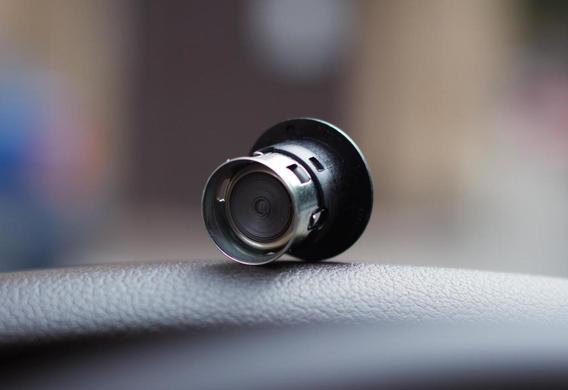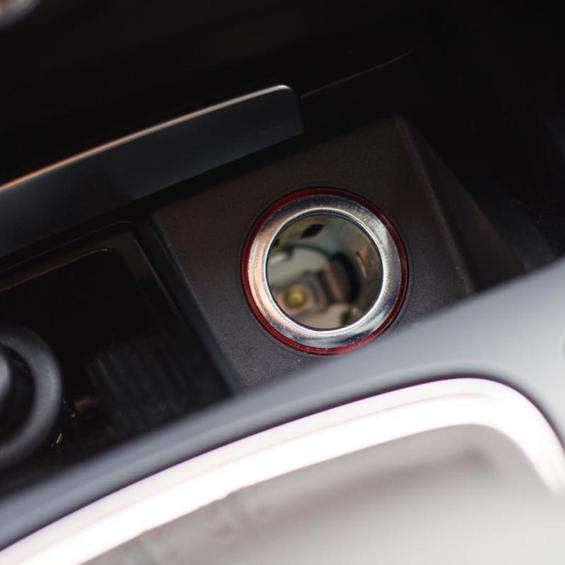
Appointment
When the cigarette lighter was first installed in the car, it was assumed that it would only be used for the purpose of smoking cigarettes. However, this invention was not popular among drivers. The chauffeers were still using lighter or matches, and the cigarette lighters were simply not needed. The automakers were thinking about whether to remove it at all. However, the cigarette lighters were soon to perform another function. With the passage of time, more and more electric car accessories needed to be plugged in. The cigarette lighter was the ideal solution to the problem.
It is now difficult to remember the brand of the car on which the cigarette lighter was first installed. It is known only that this happened in the 1920s. Then the cigarette lighter was inside the electric coil. When the cartridge was pulled out of the socket, the circuit was closed and the cigarette lighter was heated.
In 1924, the first cigarette lighter was patented. However, it only appeared on the machines in the 1950s. This is perhaps one of the few devices of a car that has not been affected by any developments in scientific and technological progress. In the past half century, the device has hardly changed. Today, the lighter is installed in each car. In some cars, you can have two cigarette lighter.
Device and operating principle
The cigarette lighter is a metal cartridge with a plastic button-handle. There is a nitromatic spiral inside the cartridge. A special receptacle (socket) is located on the dashboard. The cigarette lighter is inserted in the socket by a touch of the handgrip and connected to the vehicle's vehicle power grid. "Plus" is applied to the central contact of the nest and, respectively, the cigarette spiral (or the "shaker" of the enclosure). "Mass" of the cap of the nest and the jims of the glass. The spiral is electric current, and it is heated. When the spiral is inflated to a certain temperature, it works. The cigarette lighter is returned to the original position with the sound signal (click).

The sprinkler connector is secured with a 10-Amper fuse. Refers to a fuse with a cigarette icon or a sigar. It's in the fuse box. The block, depending on the model of the car, is located under a torpedo, in the trunk or under the seats. Plus and Minus
Plus and Minus
It is possible to connect a large number of necessary electrical appliances: GPS, mobile and laptop chargers, miniature electric teapots, etc. This is an undoubted advantage.

Minus that the design does not provide for reliable switching of large currents. In the meantime, current power devices reach 30-40 Amps. Dependence is directly proportional here: the more the current flows through the chain, the more reliable the connections should be. It would be possible to increase the reliability of the fixture in the nest with a large number of primals, but so far there is no single standard for such connections. As a rule, there is only a spring-loaded central contact and two primals of the mass in the plug. The central contact in the nest may be either deep or not. Due to the various jolts during driving, a reliable contact between the fork and the socket is lost. For this reason, the connection starts to spark, and a short circuit or fire may occur. In addition, various interposers were distributed to the cigarette lighter. Multiple devices can be used at the same time. This, of course, does not add credibility to the system. Operational issues
Operational issues
More often than not, the lighter is not working because of the fuse. This is the fault of all the same electrical appliances. The point is that the system is designed for short-term inclus and at a certain capacity.
It may seem that the problem is solved by simply putting a more powerful fuse. However, this should not be done. After all, the feller's nest might be burned.
It is also not necessary to insert into the nest of tequers that are either loose or not tightly packed. Their use can also lead to closure.
More powerful devices (vacuum cleaner, heater, compressor) are better plugged directly from the battery. The second option is to make special inference with the nest for powerful devices. This connector connects through the fuse 20-30A directly to the battery.
It happens that the cigarette lighters stop registering in the nest and have to keep warm to keep it warm. This is because the moustache in the nest is "sewn up" and stops holding the cigarette lighter. It is quite simple to resolve this problem: enough to bend the moustache.







